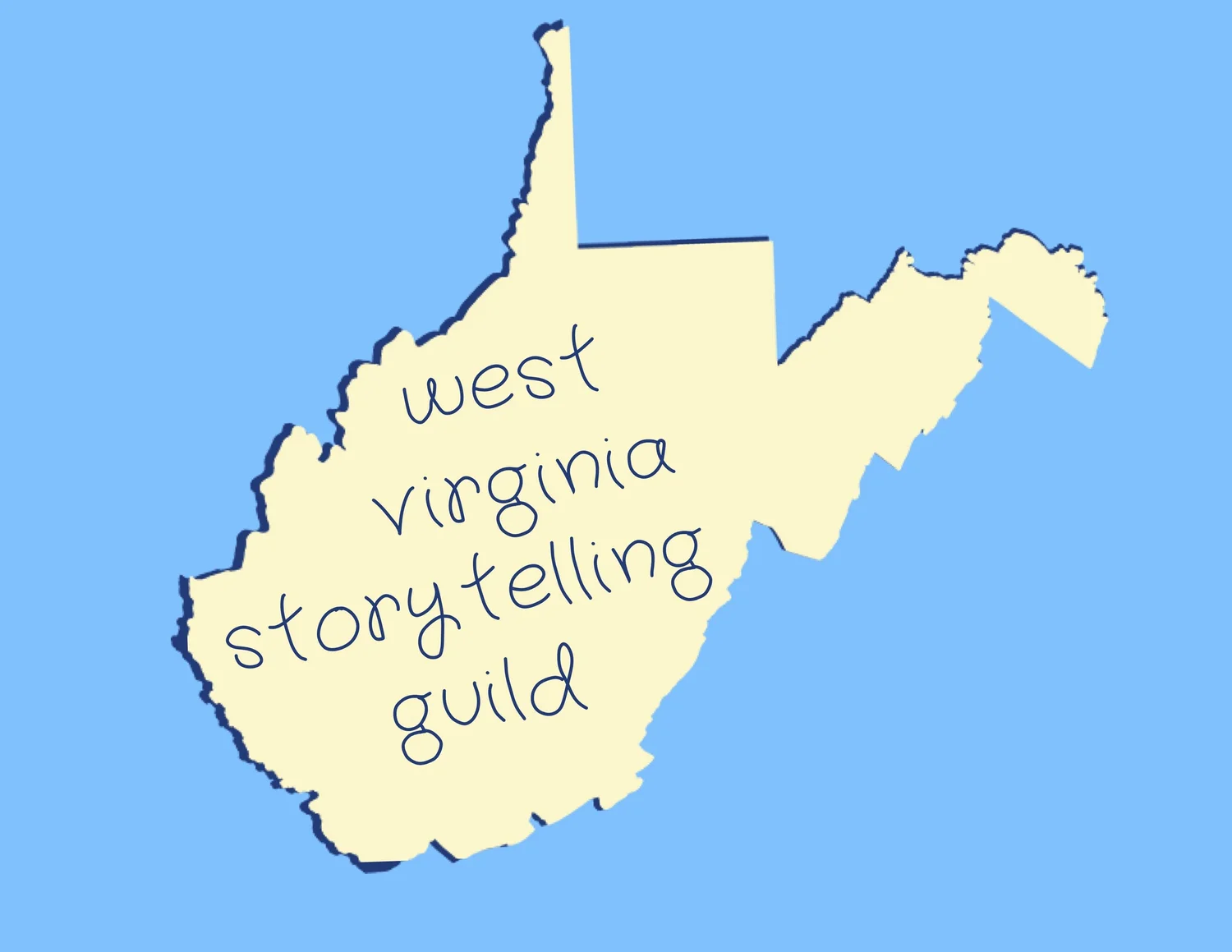“Where do stories come from?” They asked.
“And?” You said,
“What?”
“And! That’s where stories come from.”
There is a pause before you continue, addressing their confusion.
“Stories come from wanting more. ‘And?’ That means asking questions. Exposing what once was hidden, like the 27th letter of the alphabet.”
“The 27th letter of the alphabet?”
Now you have them right where you want them.
Pause. “Yes…’&’...the 27th letter.”
Now they are curious. Now they are an audience.
A beautifully stated question, a simple ‘What?’ begs for an explanation, or, in our parlance, a story, &? Why use one sentence when many will do? A story must ensue!
The ‘&,’ the ampersand, was once considered to be the 27th letter of the alphabet.
Found on early American samplers following the letter ‘Z,’ over time the ampersand failed to successfully join the other 26. What a loss! But alas, the lonely ‘&’ isn’t really alphabetical or numeric.
The beautifully simple ‘plus sign’ in math demands that we ‘add this to that,’ So I suppose that mathematicians never considered adopting the ampersand. And the alphabet? It requires that phonemes make sounds to contribute to expressing the words we think and say as we transfer thought to print.
But the ampersand? The symbol ‘&’? It evolved as an elision of the letters ‘e’ and ‘t’, ‘et’ from the Latin for and. Because it represented a word, the symbol ‘&’ was forced to stand alone. It was added to the end of the alphabet, following the letter ‘Z.’ Interestingly, this explains the etymology of the word ‘ampersand.’ It is simply a ligature of the spoken words, “and-per-se-and.’ After reciting the final letters of the alphabet, “X, Y, Z, " the student would add,”and-per-se-’&’,” Meaning “and, by itself, (the word) &.”
Perhaps it is the improv lover in me that finds tremendous loss in no longer including ‘&’ at the end of the alphabet. Or perhaps I feel a loss of childhood. Children love to interrupt by asking, “And? “ And? And children have always related their own stories simply by stringing together events. “And then… and then… and then…”
And then ‘&’ was eliminated from contributing to the alphabet. Since then I suspect that adult storytellers have had to work harder. With ‘&’ no longer part of the alphabet, the ampersand’s loss was at the expense of curiosity. I fear that the ‘mature’ alphabet of 26 letters has lost its childhood. And with ‘&’ removed, adults have fallen out of practice. ‘And?’ As a result? Perhaps they stopped asking for more.’And then? And then?’ Perhaps this is why we must ‘tell’ them stories. Audiences simply have forgotten to ask, ‘And?’
And what per se can be done? I say, bring back the ampersand! And? Add it to the alphabet song! And? Print it in the phonics books! ‘&’ assuming its rightful place as the last letter, it will retain its power as contributing the last word! More should be required, ’&’ More thought. ‘&’ More curiosity. ‘&’ More listening? ‘&? ’ Isn’t that what storytelling is all about?
MPerry Mike@MIkePerry.biz
